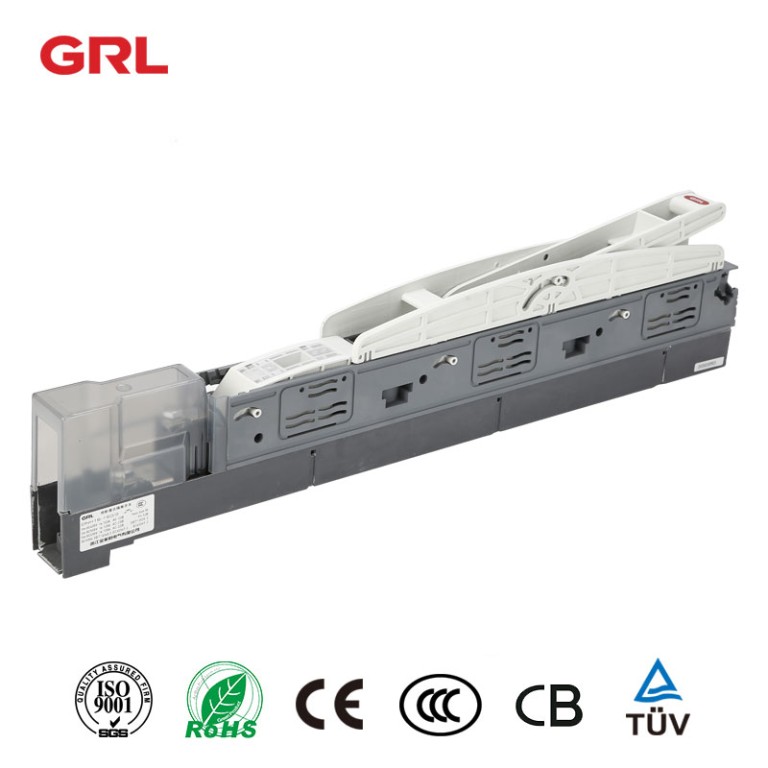
# Vertical Disconnectors in Power Distribution Systems
## Introduction to Vertical Disconnectors
Vertical disconnectors are essential components in power distribution systems, designed to isolate electrical circuits for maintenance or safety purposes. These specialized switches operate in a vertical orientation, distinguishing them from their horizontal counterparts. Their unique design offers several advantages in specific applications within electrical networks.
## Key Features and Design Characteristics
Vertical disconnectors typically feature:
– Compact vertical configuration
– Robust insulation materials
– Clear visible break indication
– Smooth operation mechanism
– Corrosion-resistant construction
The vertical orientation allows for efficient use of space in substations and switchgear, particularly in areas with height restrictions or where horizontal space is limited.
## Applications in Power Distribution
These devices find extensive use in:
– Medium and high voltage substations
– Industrial power distribution centers
– Renewable energy installations
– Railway electrification systems
– Urban power networks
Their ability to provide reliable isolation makes them particularly valuable in maintenance scenarios where worker safety is paramount.
## Operational Advantages
Vertical disconnectors offer several operational benefits:
– Space efficiency in confined installations
– Improved safety through clear visual isolation
– Reduced maintenance requirements
– Enhanced reliability in harsh environments
– Compatibility with various busbar configurations
The vertical operation also helps prevent the accumulation of debris on contact surfaces, contributing to longer service life.
## Installation Considerations
When installing vertical disconnectors, engineers must consider:
– Proper clearance distances
– Environmental conditions
– Load requirements
– Future expansion possibilities
– Maintenance accessibility
Proper alignment and secure mounting are crucial for reliable operation and to prevent mechanical stress on the components.
Keyword: Vertical disconnectors
## Maintenance and Safety Protocols
Regular maintenance of vertical disconnectors should include:
– Visual inspections for wear or damage
– Lubrication of moving parts
– Cleaning of contact surfaces
– Verification of proper operation
– Insulation resistance testing
Safety procedures must always be followed when working with these devices, including proper lockout/tagout protocols and personal protective equipment.
## Future Developments
The evolution of vertical disconnectors continues with:
– Smart monitoring capabilities
– Improved materials for longer lifespan
– Enhanced safety features
– Integration with digital substation technologies
– More compact designs for space-constrained applications
These advancements promise to further improve the reliability and functionality of vertical disconnectors in modern power systems.